I recently wrote a post about sharpness being overrated where I ended up alluding to the question (somewhat rhetorically) of why we as photographers obsess to the degree we do over something that is ultimately so insignificant as sharpness. The answers, I think, are pretty simple… So I thought I would follow up that post talking about and demonstrating where sharpness is part of the creative goals within my photography.
As was pointed out by a few people in the comments on here and social media, given the choice between a sharp photo and a soft one – at least where there is a creative desire for an in-focus subject, and indeed where all other factors are equal – we would choose the sharper image. I think primarily this is probably true where the lack of sharpness comes from missed focus or from motion blur where either are a mistake. But it’s also possibly more true within specific fields of photography.
To make a broad and somewhat sweeping generalisation, landscape photography is one of the types of photography that often benefits from greater levels of sharpness. Actually, of course, this isn’t necessarily true at all – there’s stacks of landscape photographers that take advantage of motion blur or lens softness to enhance the feel of their images. But for the sake of this post, I just want to concentrate on the sharp end of the spectrum of landscape photography. This is primarily for the fact that “sharpness” is one of the reasons – if not the main reason – I’m enjoying my Plaubel Makina 67.
Something I think of as a bit of a misconception about the advantage of larger formats is that they just allow you to display your image bigger. Of course, in practical terms, this is true – the larger the neg, the more resolution and the more information, the greater the potential display size. But with the Makina 67, the larger format is also arguably responsible for a certain look in the results that shines through almost regardless of display size. I talked about this is my Makina review, where I noted that the larger-than-35mm format combined with the high contrast lens makes for results that, at least to my eye, have a wonderfully three dimensional look to them.
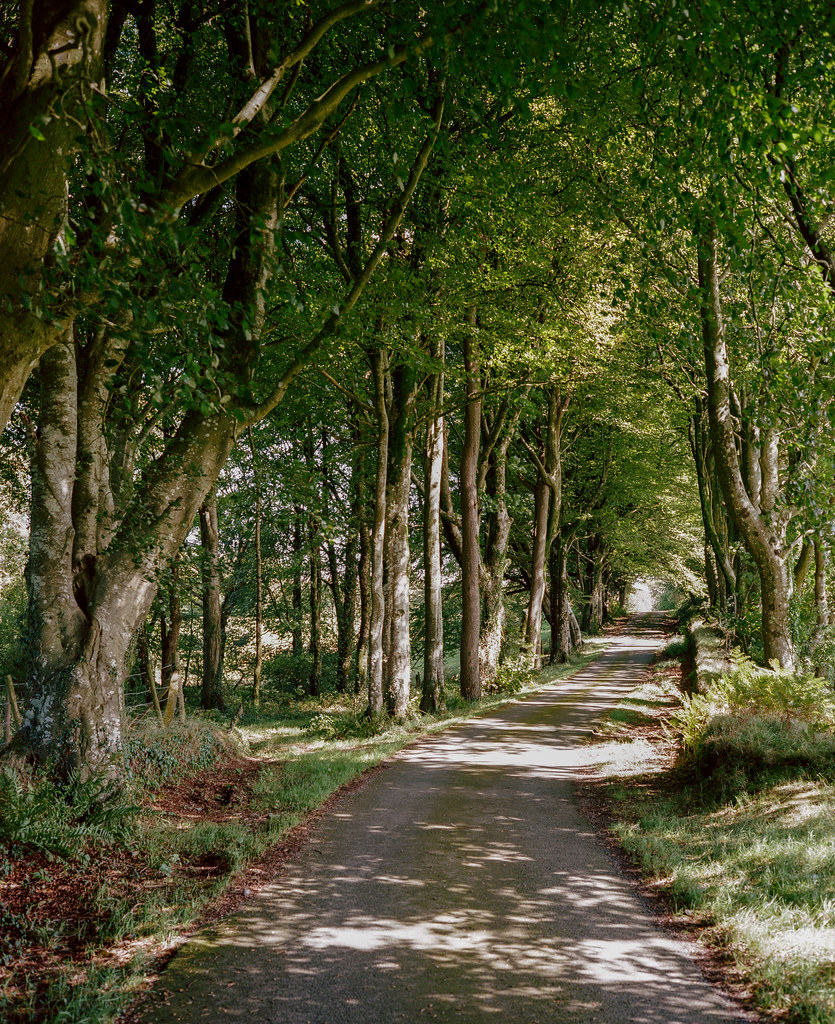
It’s hard to argue with the fact that this is pretty much the main reason why I have a continued desire to own and shoot with the Makina. The larger format of 120 film brings plenty of disadvantages in terms of the size and weight of the camera, but looking at my images taken with the Makina, the advantages it brings my in terms of my creative goals within the field of landscape photography far outweigh the disadvantages. What’s interesting about this – especially in the context of my previous post where I damned an often found desire for sharpness – is that this look is arguably a result of a combination of the higher resolution format and the lens’s high contrast derived sharpness. That is to say, I like this camera/lens/format because of the sharp photos it gives me!
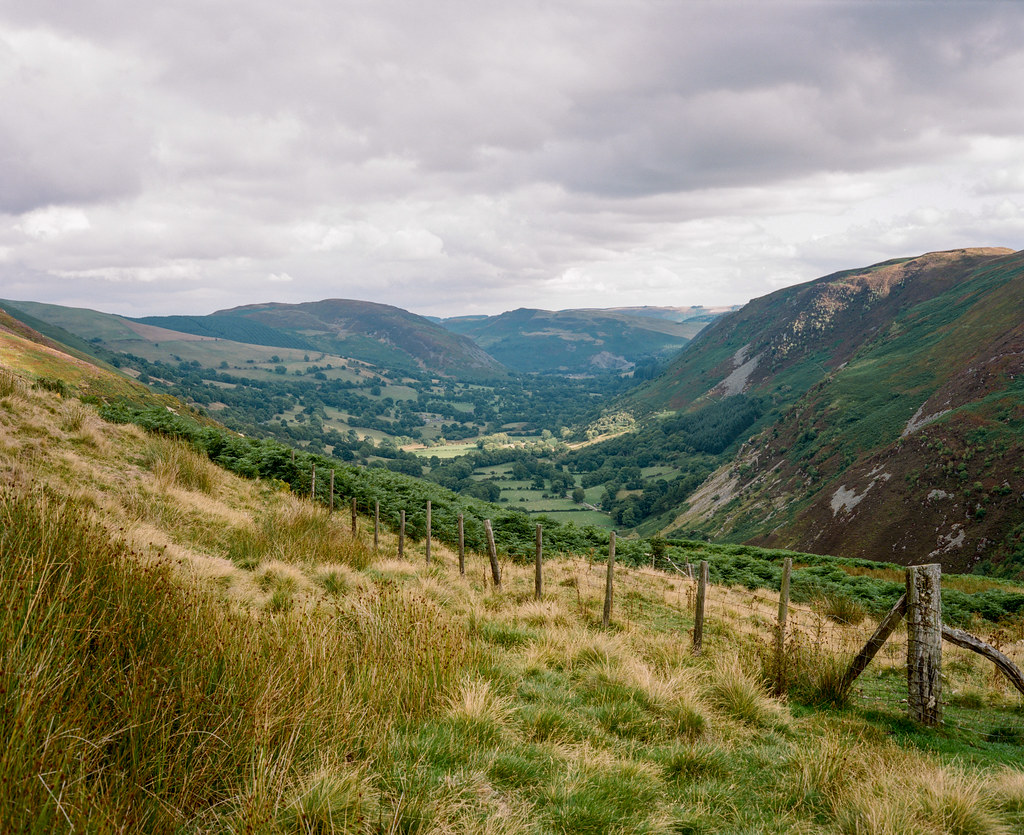
But – at least I hope – sharpness is not the only thing that makes my Makina 67 images. I’d like to think that there’s more to these images than simply the finely resolved details that can be seen within them if you happen to zoom in or otherwise look at them closely.
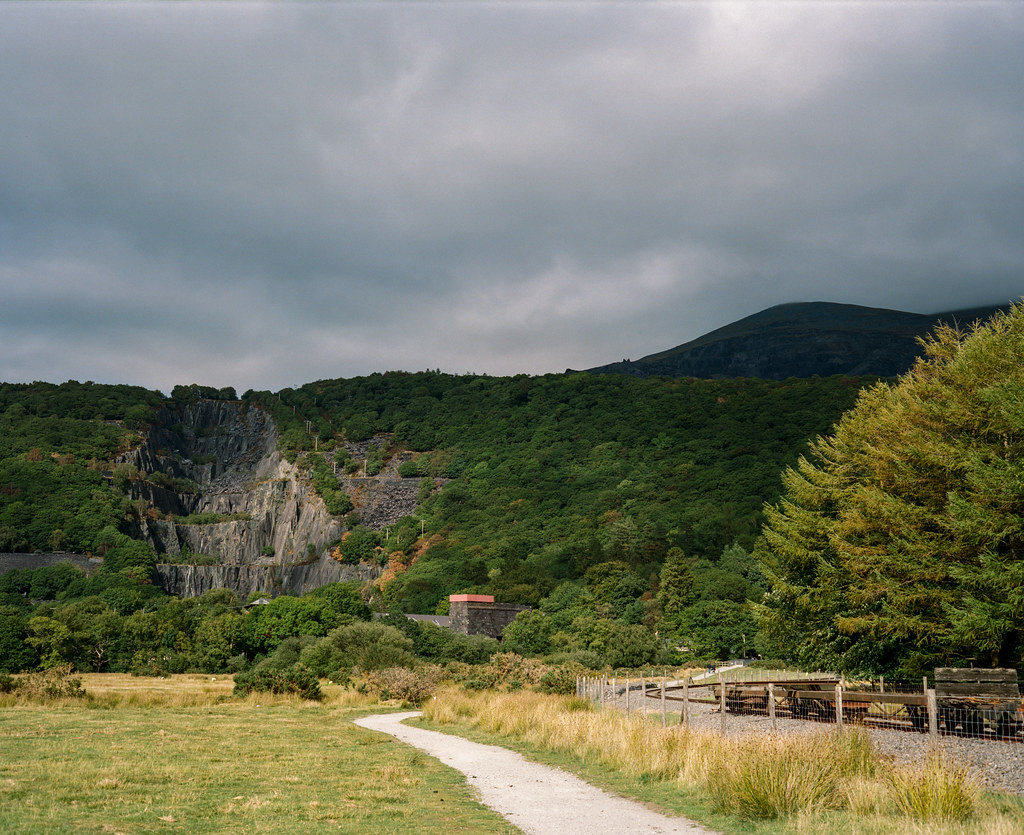
Finally, in case I’ve not been clear enough, I just wanted to further highlight that this is specifically in the context of one field of photography that I enjoy. Whilst I feel that sharpness is a desirable property in some of my landscape photography, I don’t need or have a desire for this level of sharpness in all of my fields of work. When I take a photo of my kids – even an in-focus one – I don’t need anything that the Makina can can do over and above what my Zeiss ZM Sonnar could do instead. In the even more extreme, on the rare occasions I do a bit of street photography, I can even get away with a smaller format, and much lower quality lens like the one in my Lomo LC-W (for eg) and still be just as happy.
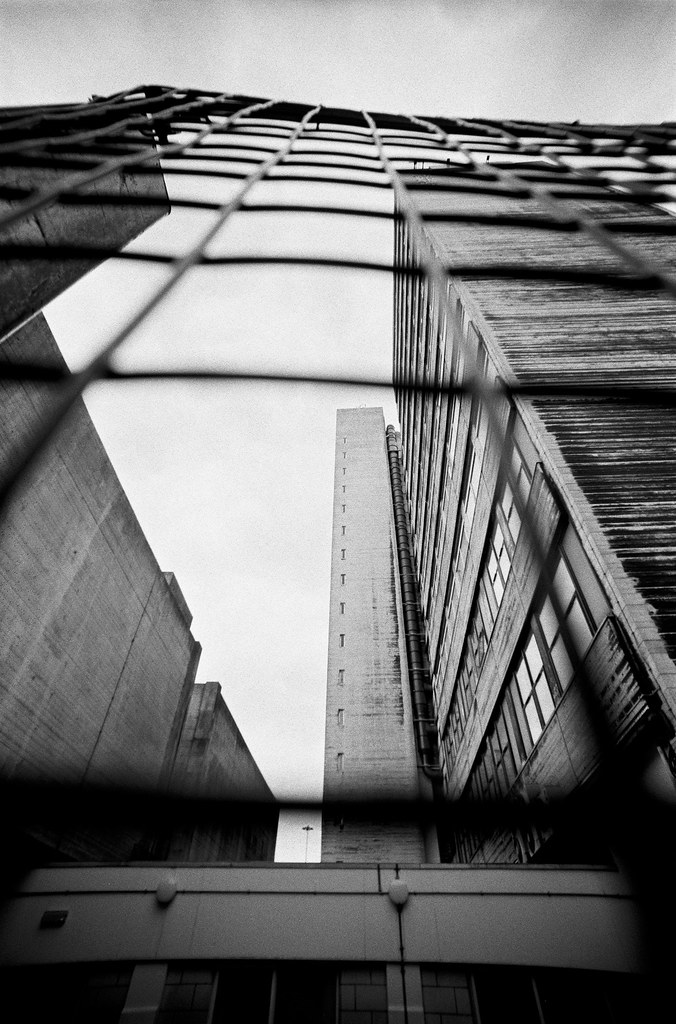
So what’s the answer? Well, as I said at the beginning of this post, I think it’s pretty simple really: sometimes sharpness is important and sometimes it’s not. Subject matter and creative choices come first, sharpness is just one of many image properties we can choose to take advantage of within our photography if we so desire. But it’s not – as I set out to highlight with my previous post – a prerequisite for good photography, and therefore remains something I see as highly overrated.
Share this post:
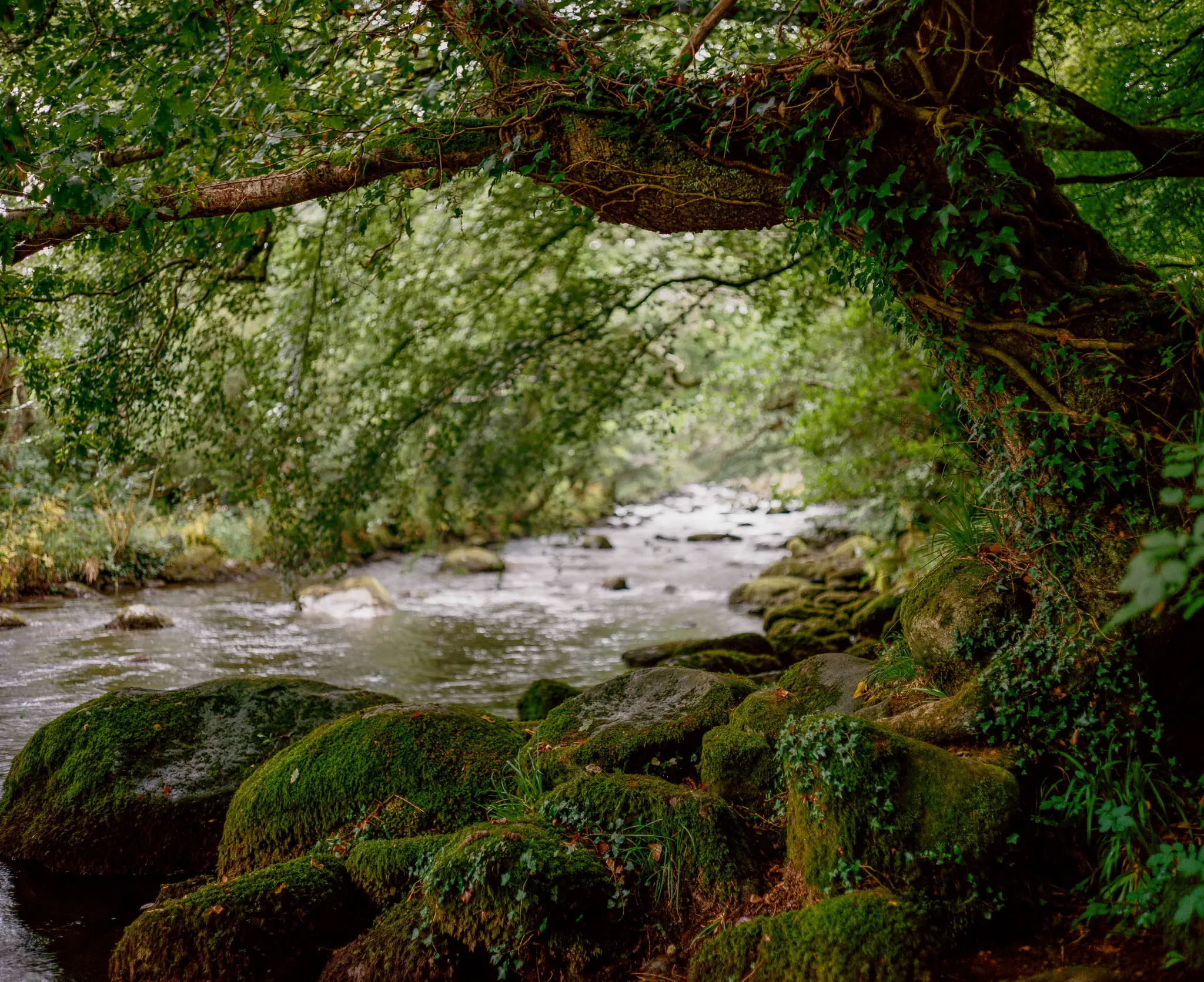








Comments
Archlich on Sharpness? A creative goal, but still not a prerequisite for a good photo, or: why I’m enjoying my Makina 67
Comment posted: 16/09/2018
Simply concluding sharpness as "trivial" doesn't do photography much good.
Comment posted: 16/09/2018
Comment posted: 16/09/2018
Adam Laws on Sharpness? A creative goal, but still not a prerequisite for a good photo, or: why I’m enjoying my Makina 67
Comment posted: 16/09/2018
The modern optics I used to shoot on my A7 were obscenely sharp to the detriment of my portraiture work, which resulted in many extra hours editing into the night.
Love the Makina shots btw - glad to see you're enjoying it.
Comment posted: 16/09/2018
David on Sharpness? A creative goal, but still not a prerequisite for a good photo, or: why I’m enjoying my Makina 67
Comment posted: 16/09/2018
George Appletree on Sharpness? A creative goal, but still not a prerequisite for a good photo, or: why I’m enjoying my Makina 67
Comment posted: 16/09/2018
Focus is what photographers try to achieve in most case, without success in some of them.
Usually is a deserved virtue, because photography is just about that: frame, focus, expose.
The creative part is maybe intentionally avoiding it.
Comment posted: 16/09/2018
Jeff Warden on Sharpness? A creative goal, but still not a prerequisite for a good photo, or: why I’m enjoying my Makina 67
Comment posted: 17/09/2018
Glad to see you're enjoying the Makina. I use one too and they're great fun.